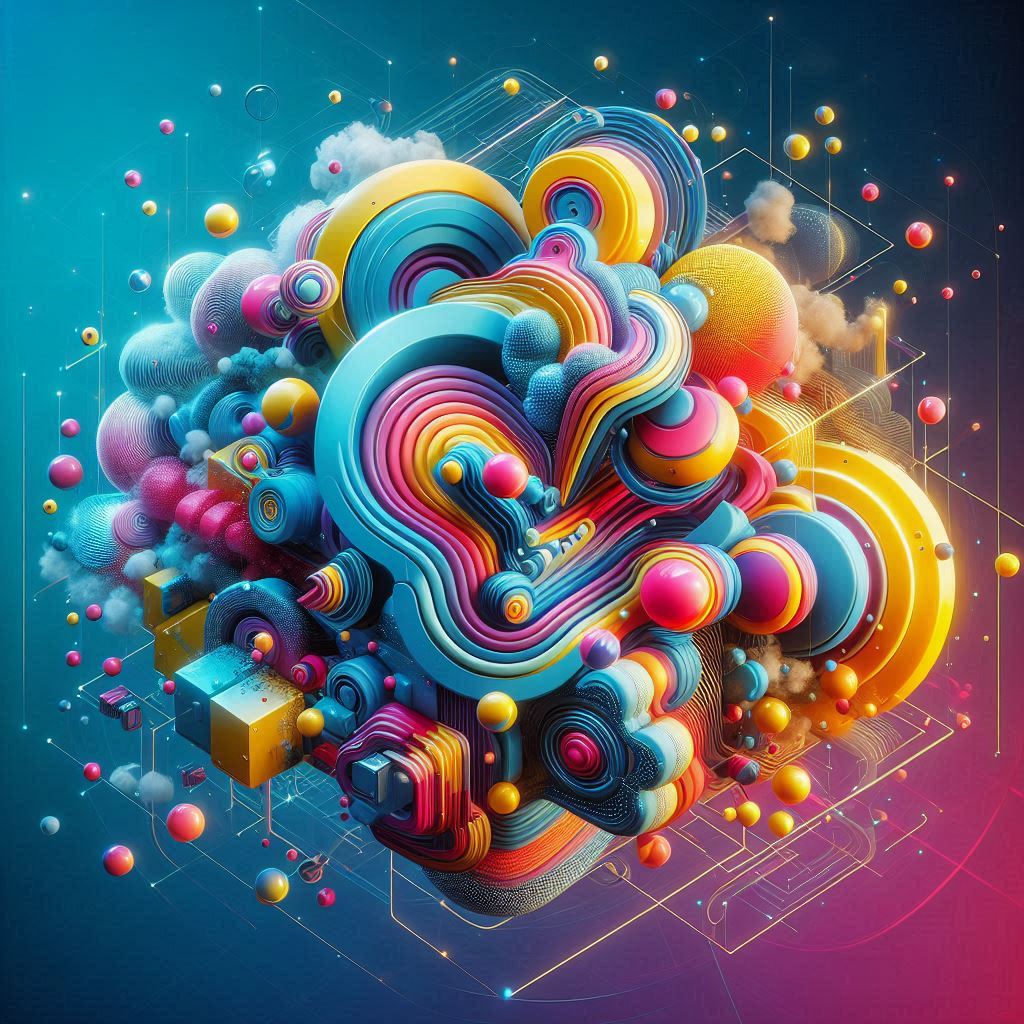
Introduction: The $69 Million JPEG That Shook the World
In March 2021, a digital collage called “Everydays: The First 5000 Days” by artist Beeple sold for $69 million at Christie’s auction house. This wasn’t just another art sale – it was the moment NFTs went mainstream. But what exactly did the buyer get for that money? And why would anyone pay millions for something you can right-click and save?
This guide will demystify NFTs, exploring:
- The technology behind digital ownership
- Real-world use cases beyond just art
- How to safely buy, sell, and trade NFTs
- The controversies and future potential
Let’s dive in.
1. What is an NFT? (Simple Definition)
An NFT (Non-Fungible Token) is a unique digital certificate of ownership stored on a blockchain. Unlike cryptocurrencies where every token is identical (1 BTC = 1 BTC), each NFT is one-of-a-kind.
Key Characteristics:
✅ Unique – Like a serial number for digital items
✅ Indestructible – Permanently recorded on blockchain
✅ Verifiable – Public proof of authenticity and ownership
✅ Tradable – Can be bought/sold on NFT marketplaces
Real-World Analogy:
Imagine buying an autographed baseball card. While anyone can print a copy of the image, only one has the verified autograph that makes it valuable.
2. How NFTs Actually Work: The Tech Explained
A. Blockchain Backbone
Most NFTs live on:
- Ethereum (ERC-721 standard)
- Solana (Lower fees)
- Polygon (Eco-friendly alternative)
B. Smart Contracts
Self-executing code that:
- Mints (creates) NFTs
- Manages ownership transfers
- Ensures creators get royalties (often 5-10% on resales)
C. Metadata Storage
While the NFT lives on-chain, the actual image/video is typically stored on:
- IPFS (Decentralized storage)
- Arweave (Permanent storage)
Example: When you buy a Bored Ape NFT, you’re buying a token that points to the image file and proves you own “Ape #1234”.
3. Why NFTs Have Value: Beyond the Hype
A. Digital Scarcity
- Only 10,000 CryptoPunks exist
- NBA Top Shot has limited edition moments
B. Utility & Access
- Bored Ape Yacht Club: VIP events, merch
- VeeFriends: Conference access from Gary Vee
C. Cultural Significance
- First Tweet NFT: Jack Dorsey’s tweet sold for $2.9M
- Nyan Cat GIF: $600,000 as internet history
D. Investment Potential
- CryptoPunk #7804: Bought for $7.5K in 2017, sold for $7.5M in 2021
4. Major NFT Categories & Examples
| Category | Description | Popular Projects |
|---|---|---|
| Art | Digital creations | Beeple, Pak, Fidenza |
| Collectibles | Limited edition items | CryptoPunks, BAYC |
| Gaming | In-game assets | Axie Infinity, STEPN |
| Virtual Land | Metaverse property | Decentraland, Sandbox |
| Music | Albums & royalties | Kings of Leon, Snoop Dogg |
5. How to Buy Your First NFT (Step-by-Step)
- Get a Crypto Wallet (MetaMask, Phantom)
- Buy Ethereum/Solana (Coinbase → Transfer to wallet)
- Choose a Marketplace (OpenSea, Magic Eden)
- Connect Wallet & Browse
- Place Bid or Buy Instantly
Pro Tip: Start with sub-$100 NFTs on Polygon to learn before big purchases.
6. Risks & Controversies
A. Market Volatility
- Bored Ape floor price: $400K (2022) → $100K (2023)
B. Scams & Fraud
- Fake collections impersonating real projects
- “Rug pulls” where creators abandon projects
C. Environmental Concerns
- Ethereum now uses 99% less energy post-Merge
D. Legal Uncertainty
- Are NFTs securities? Ongoing regulatory debates
7. The Future of NFTs: Beyond JPEGs
A. Real-World Asset Tokenization
- Houses, cars, patents as NFTs
B. Decentralized Identity
- NFT passports, diplomas
C. Enhanced Creator Economy
- Automated royalties for musicians/artists
“NFTs will do to assets what the internet did to information.” – Naval Ravikant
Conclusion: Should You Get Into NFTs?
Yes if you:
✅ Appreciate digital art/collectibles
✅ Want to support creators directly
✅ Understand the risks
No if you:
❌ Expect get-rich-quick schemes
❌ Can’t afford to lose your investment
Final Thought: NFTs represent a fundamental shift in how we think about ownership in the digital age. While the space is maturing, the technology’s potential extends far beyond profile pictures.